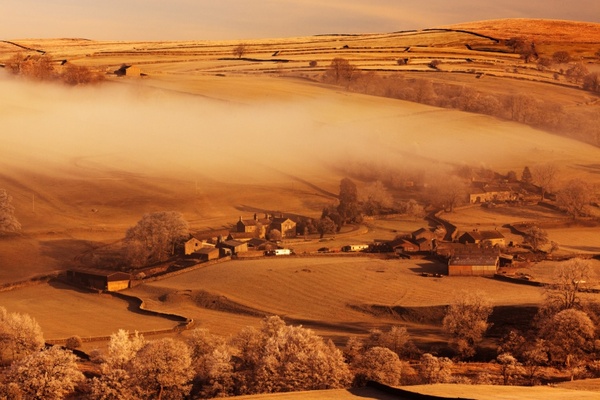This past week was an exciting occasion, as several Napa Valley vintners arrived in Arkansas for a fundraiser and a master class.
I always say wine is like food — simply superior if you know the person and place bringing it to our table. Napa Valley is one of those areas in the world I think the wines just taste better because of the unique and defining characteristics of the vineyards and the owners.
The climate is warm and dry during the growing season, making it ideal for wine grapes to ripen slowly and evenly, allowing for balance between sugar development and phenolic ripeness. The ocean influence and fog are also key in quality wine grapes. The proximity to the Pacific Ocean mitigates the climate with cooling effects from fog. Much of the valley’s fog comes up thorough the San Pablo Bay at the southern end of the region and the Petaluma Gap from the Pacific toward San Francisco — cooling the Carneros region. This is key. As hot air in California’s interior valley rises, it creates a vacuum effect, drawing in moist, cool air from the Pacific and forming the fog. While fog can raise humidity, it is burned off by late morning so it does no harm to the grapes.
Diversity of soil is also crucial to any quality wine-growing region. But Napa Valley’s soil sets it apart with the size of the soil particles being the most important. Small particles such as clay allow for water retention, helping sustain the vine during the dire summer months as well as providing a cooler environment for the plant (which can delay bud break — a plus if there is a frost risk). Larger particles such as sand and gravel allow for drainage, keeping the vines’ roots dry and therefore less at risk for mold and rot during rare wet years. This also forces the vines to grow deeper roots, which are ideal for a strong foundation for deeper water and nutrient reserves.
And then there are the people. Napa Valley growers and winemakers work together as they continuously improve upon grape growing and winemaking, harnessing the latest technology in the vineyard and winery. With strong historic ties to University of California, Davis — home to one of the most respected viticulture and enology departments in the world — they continue to work in the latest use of clones, rootstocks, vineyard mapping using NASA satellite technology and now with vine sensor technology.
All of these factors combine to create the world-class wines that make Napa Valley stand apart.
THE VALUES
- 2015 Bell Wine Cellars Red Blend (about $16 retail)
- 2015 St. Supery Estate Napa Valley Sauvignon Blanc (about $21 retail)
- 2015 Bell Wine Cellars Sauvignon Blanc (about $16 retail)
- 2015 Bell Wine Cellars Rose (about $18 retail)
THE SPLURGES
- 2014 Reynolds Family Winery Chardonnay (about $40 retail)
- 2013 St. Supery Estate Napa Valley Merlot (about $55 retail)
- 2013 Arkenstone Cabernet Sauvignon (about $85 retail)
- 2013 Reynolds Family Winery Persistence, California (about $55 retail)
- 2014 Bell Wine Cellars Napa Valley Cabernet Sauvignon, California (about $52 retail)
